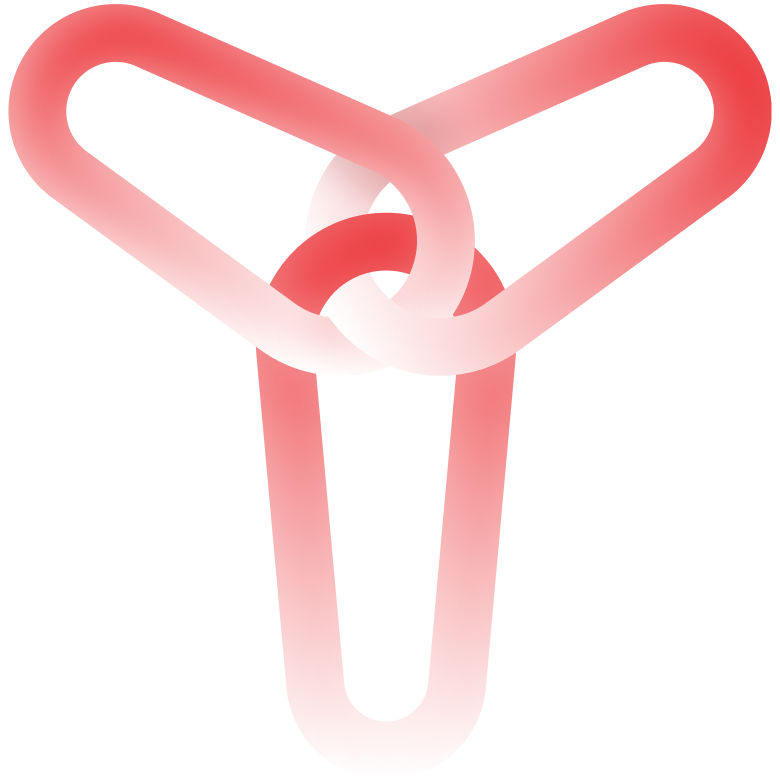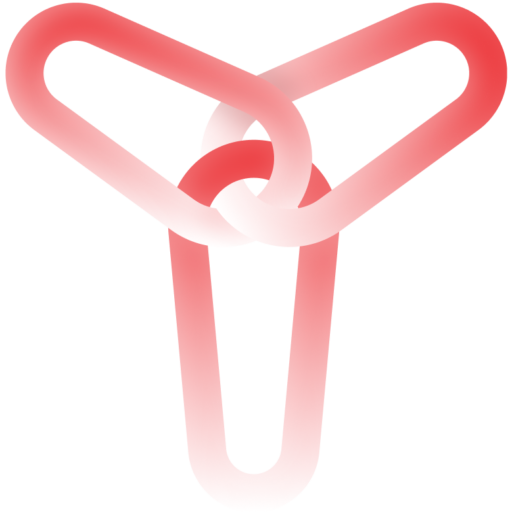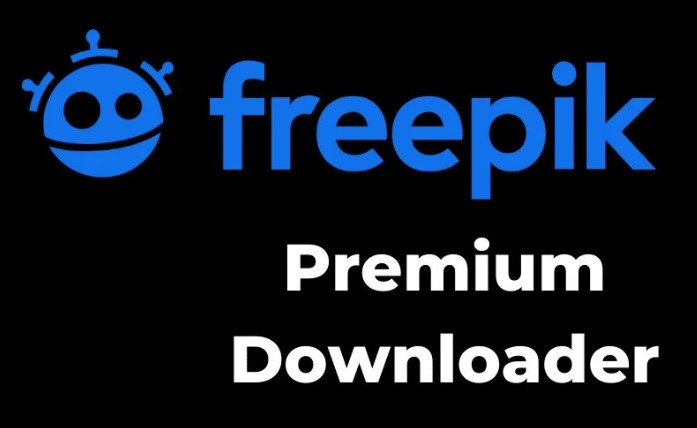Freepik has emerged as a vital resource for designers and creatives, offering a vast library of graphics, designs, and photographic content. As a platform, it serves both amateur and professional creators looking to enhance their projects with high-quality visual assets. With options ranging from free downloads to premium subscriptions, Freepik caters to a wide array of creative needs.
In the digital age, the pursuit of efficiency has given rise to various automation tools, including downloader bots. These bots are designed to retrieve data from websites automatically. Specifically, Freepik premium downloader bots are programmed to access and download premium content without standard authorization. This introduces a complex blend of convenience and controversy, especially regarding premium resources that are typically behind a paywall.
This article will delve into the nuances of Freepik premium downloader bots. We will explore how these bots operate, the legal and ethical implications of using them, and the consequences they carry for the creative community. Additionally, we will discuss legitimate alternatives to accessing premium content and provide tips for content creators on protecting their digital assets against unauthorized downloads. By the end of this discussion, you’ll have a comprehensive understanding of the landscape of downloader bots in relation to Freepik’s premium offerings.
Table of Contents
ToggleWhat is a Freepik Premium Downloader Bot?
A Freepik Premium Downloader Bot is a type of software tool specifically programmed to interact with Freepik’s website to download premium content without going through the standard legal channels of purchasing a subscription. These bots bypass the usual user authentication and payment processes, leveraging weaknesses in digital content management to access files meant for premium users only.
How These Bots Access Premium Content
Downloader bots operate by mimicking the behavior of a legitimate user but automate the process using scripts or specialized software. They may use compromised accounts, exploit security flaws, or simulate subscription credentials to trick the system into granting access to premium content. The accessibility and efficiency of these bots make them appealing to individuals seeking to avoid subscription fees, despite significant risks and consequences.
Legal and Ethical Considerations
The use of downloader bots, especially for accessing premium, paid-for content, raises serious legal and ethical issues. Legally, using these bots to access or distribute copyrighted material without authorization is a clear violation of copyright laws and can result in severe penalties, including fines and legal action. The act not only breaches Freepik’s terms of service but also undermines the copyright and intellectual property laws intended to protect creators’ and distributors’ rights.
Ethically, using such bots devalues the work of graphic designers and other creatives who rely on royalties and revenue from premium subscriptions. It contributes to a culture of disrespect for intellectual property and can discourage artists from sharing their work online. Additionally, there is the issue of security; using unauthorized software can expose users to risks such as malware, further complicating the ethical landscape.
How Freepik Premium Downloader Bots Work
Freepik premium downloader bots operate through a series of technical maneuvers designed to illicitly access content that is typically locked behind a paywall. Here’s a closer look at the mechanics, technologies, and user interactions involved in their operation.
Technical Breakdown
Downloader bots for Freepik content typically begin by identifying the authentication mechanisms that protect premium resources. They may employ various methods such as using stolen user credentials, session hijacking, or exploiting security vulnerabilities within the website to bypass login protocols. Once past these barriers, the bots access the server’s resources directly and initiate downloads of high-quality images, vectors, and other premium digital assets. This process is often automated through scripts that can repeatedly download numerous files with little to no user intervention.
Technologies and Programming Languages Used
The construction of these bots generally involves a combination of web scraping and automation technologies. Common programming languages used include Python and JavaScript, with libraries and frameworks such as Beautiful Soup, Selenium, and Puppeteer. These tools allow the bots to navigate the web programmatically, mimic human interaction, and manage data extraction efficiently. Python, in particular, is favored for its robust libraries that simplify the tasks of web scraping and automation.
User Interaction and Experience
From the user’s perspective, interacting with a Freepik premium downloader bot can be deceptively simple. Typically, users find these bots hosted on various platforms, where they enter specific URLs or search terms related to the Freepik content they wish to download. The bot then processes these requests by accessing the Freepik website, retrieving the desired content, and providing it to the user, often through a secondary download link.
The users might receive regular updates from the bot, including notifications on the status of downloads or instructions on how to bypass any additional security features. While this process may seem straightforward and user-friendly, it’s essential to remember that it occurs entirely within the context of unauthorized access, making it illegal and subject to significant penalties.
The Legality of Using Freepik Premium Downloader Bots
The use of Freepik premium downloader bots is not only unethical but also illegal. These bots violate multiple legal frameworks designed to protect intellectual property and the rights of content creators. Below, we explore the specific legal implications, the relevant copyright laws, and the potential penalties involved.
Legal Implications of Using Downloader Bots
Downloader bots circumvent the security measures put in place to protect digital content, constituting unauthorized access under various national and international laws. In the context of Freepik, using these bots to access premium content without paying violates terms of service agreements and infringes on copyright laws. This unauthorized access can be classified legally as computer fraud or breach of digital security.
Copyright Laws and Unauthorized Distribution
Copyright laws in most jurisdictions provide creators with exclusive rights to their works. This includes the right to reproduce, distribute, and display their creations. Downloading and using content via a downloader bot without the creator’s permission directly infringes on these rights. Additionally, many bots not only download but also redistribute content, compounding the legal violations with further unauthorized distribution.
In the U.S., such activities are governed by the Digital Millennium Copyright Act (DMCA), which specifically addresses the circumvention of technology that controls access to copyrighted works. Similarly, other countries have enacted laws aligning with the WIPO Copyright Treaty, which mandates protection against circumvention of technological measures designed to protect copyrighted works.
Potential Penalties and Legal Consequences
The penalties for using downloader bots can be severe, varying from hefty fines to imprisonment, depending on the jurisdiction and the scale of the infringement. For individuals, consequences might include civil lawsuits for damages and criminal charges, leading to potential criminal records. Businesses found guilty of using such technology can face even sterner repercussions, including larger fines, loss of business licenses, or permanent closure.
Moreover, legal actions can extend beyond the downloader to include those who develop, distribute, or promote these bots. This can lead to a broader investigation and prosecution under cybercrime statutes, further emphasizing the risky nature of engaging with or developing downloader bots.
Ethical Considerations
The use of Freepik premium downloader bots, while technically feasible, raises substantial ethical concerns. These concerns primarily revolve around the morality of accessing content without proper authorization, the broader impact on the creative community, and the undermining of the economic model that supports digital content creators.
Moral Issues Surrounding the Use of Downloader Bots
Downloader bots essentially enable and often encourage the theft of digital content. This fundamentally violates the principle of fairness by depriving creators of the compensation they rightfully deserve for their work. When users bypass paying for content that is set behind a paywall, they are not only engaging in unethical behavior but also actively participating in a form of digital piracy. This not only harms the creators but also sets a precedent that undervalues intellectual property and creativity.
Impact on Creators and the Broader Digital Asset Community
Creators of digital content rely on the revenues generated from their work to sustain their livelihoods and fund future projects. When downloader bots are used, these creators are directly robbed of potential earnings. This not only affects individual artists but also the entire ecosystem of digital content creation, including publishers, distributors, and supporting staff.
The broader impact also extends to diminishing the quality and diversity of available content. If creators cannot secure adequate compensation, they might be forced to limit their output or leave the industry altogether. This reduction in creative output can lead to a less vibrant, less diverse media landscape, ultimately hurting the community that relies on such resources for education, entertainment, and professional development.
Undermining the Value of Premium Subscriptions
Premium subscriptions serve as a critical revenue stream for many digital platforms, including Freepik. They often offer enhanced features, such as higher quality assets, more extensive libraries, and additional licensing privileges, which justify their cost. By undermining this business model through the use of downloader bots, users contribute to a system where fewer resources will be available to invest in new content creation. Additionally, this undermines the trust and value proposition of subscription models, potentially leading to a decrease in overall service quality and availability if fewer users are willing to pay for premium access.
Alternatives to Using Freepik Premium Downloader Bots
Given the legal and ethical issues associated with using Freepik premium downloader bots, it is crucial to explore legitimate ways to access the desired content. Here are several alternatives that respect the rights of content creators and contribute to a healthy digital content ecosystem.
Legitimate Ways to Access Premium Freepik Content
The most straightforward way to access premium content on Freepik is through a subscription. Freepik offers different subscription plans tailored to meet various needs and budgets, allowing users unlimited access to high-quality resources, including exclusive premium files that are not available to free users.
- Free Trial: Often, Freepik offers a free trial period for new users to explore the premium features. This is an excellent opportunity to evaluate whether the premium content meets your needs before committing to a subscription.
- Monthly and Annual Subscriptions: Depending on your usage frequency and project needs, you can choose either a monthly or an annual subscription. Annual subscriptions usually offer a significant discount compared to monthly fees, making them a cost-effective option for regular users.
- Team Accounts: For businesses and teams, Freepik offers specific plans that provide multiple user access under one subscription, facilitating collaboration and distribution within and across projects.
Discussion of Freepik’s Subscription Models and Pricing
Freepik’s subscription models are designed to accommodate a wide range of users, from individual designers to large corporations. Pricing varies based on the number of downloads and types of assets users need access to, as well as the number of users per account. Additionally, Freepik periodically updates its pricing strategies to reflect the value of its growing library and the introduction of new features, always with the goal of maintaining affordability and competitive pricing.
Benefits of Supporting Creators and Legitimate Platforms
Supporting creators through legitimate channels like subscribing to Freepik has numerous benefits:
- Sustaining the Creative Community: By paying for subscriptions, users directly contribute to the livelihood of the creators who produce the content. This economic support helps sustain the creative community and encourages the production of new, high-quality resources.
- Ensuring Service Quality and Security: Subscription fees fund the development and maintenance of the platform, enhancing user experience with better service quality, more advanced search capabilities, and superior download speeds. Importantly, legal access also ensures that users are not exposed to the risks associated with illegal downloads, such as malware.
- Access to Continuously Updated Resources: Paid subscriptions provide the financial means for platforms like Freepik to continually update their library with fresh content, ensuring users always have access to the latest trends in design and visuals.
How to Protect Your Content from Downloader Bots
As a creator, protecting your digital assets is crucial in ensuring that your rights are upheld and your creative output remains a viable source of income. Below are practical tips and technologies you can use to safeguard your work on platforms like Freepik, as well as legal actions to consider if your content is misappropriated.
Tips for Creators to Safeguard Digital Assets
- Use Strong Authentication Methods: Ensure that your accounts on digital platforms are secured with strong passwords and, if available, two-factor authentication. This reduces the risk of unauthorized access which could be used to manipulate or steal your content.
- Regularly Monitor Your Content: Keep an eye on where and how your content is being used. Tools like reverse image search engines can help identify if your work is being used without permission.
- Utilize Metadata: Embedding metadata in your files can help maintain a record of authorship, making it easier to assert ownership and pursue claims against unauthorized use.
Overview of Digital Rights Management (DRM) and Watermarking Technologies
- Digital Rights Management (DRM): DRM systems are designed to prevent unauthorized use of digital content. They can control how a file is accessed, copied, and distributed. For creators selling digital content, DRM provides a technological means to enforce the terms of use agreed to by the users.
- Watermarking: Watermarking involves placing a visible or invisible marker on your images that identifies them as your intellectual property. This can act as a deterrent to theft and can help in the recovery of assets and enforcement of legal rights if theft occurs.
Legal Actions Creators Can Take if Their Content is Stolen
- Cease and Desist Notices: One of the first steps in taking action against unauthorized use is to send a cease and desist letter to the infringer. This formal request demands that the infringer stop using and remove the stolen content from their platforms.
- Copyright Infringement Claims: If the infringement continues, you can file a copyright infringement claim. This may result in damages and compensation for the unauthorized use of your content.
- DMCA Takedown Notices: In the U.S., the Digital Millennium Copyright Act provides a mechanism for content owners to demand that internet services remove content that violates copyright laws. Filing a DMCA takedown notice can be an effective way to get unauthorized content removed from websites and other digital platforms.
Conclusion
Throughout this article, we have explored the various dimensions and implications of using Freepik premium downloader bots. From understanding their operation to recognizing the legal and ethical issues associated with their use, it is clear that while these bots offer a shortcut to accessing premium content, they come with significant risks and potential harm to the creative community.
Recap of Key Points
- Definition and Mechanics: Freepik premium downloader bots bypass security measures to illicitly access and distribute premium content, using advanced programming and automation techniques.
- Legal and Ethical Implications: The use of these bots is illegal and unethical, violating copyright laws and devaluing the intellectual and creative labor of content creators.
- Alternatives and Protections: We discussed legitimate methods to access premium content such as subscribing to Freepik’s services, which support the ecosystem and ensure continuous production of high-quality resources. Additionally, strategies like using DRM and watermarking technologies can help creators protect their work from unauthorized use.
Impact on the Creative Industry
Downloader bots represent a significant threat to the integrity and sustainability of the creative industry. They undermine the financial models that allow creators to be compensated for their work, potentially leading to less innovation and a decrease in the quality and variety of creative outputs available to the public.
FAQs
What is Freepik?
Freepik is a popular online platform that provides a vast array of graphic resources for creatives and designers. It offers users access to high-quality images, vectors, illustrations, and PSD files, which can be used in a variety of design projects. Freepik operates on both a free and a premium subscription basis, with premium assets offering exclusive content that adds enhanced value to users’ projects.
How can one legally obtain Freepik premium assets?
To legally obtain premium assets from Freepik, users should subscribe to one of Freepik’s premium plans. Here are the steps to do so:
- Visit the Freepik website: Go to Freepik’s official site and browse the different subscription plans available.
- Choose a Subscription Plan: Select a plan that suits your needs. Freepik offers various plans, including monthly and annual options, each providing unlimited access to premium resources.
- Create an Account or Log In: If you’re not already a member, you will need to create an account. If you are, simply log in.
- Payment: Enter your payment details to activate your subscription. After payment, you will have immediate access to all premium resources according to your plan.
- Download: Once subscribed, search and download the premium assets as needed for your projects.
What should I do if I find my work being distributed by a downloader bot?
If you discover that your work is being illegally distributed by a downloader bot, take the following steps:
- Document the Infringement: Take screenshots or gather other evidence that clearly shows your work is being distributed without your permission.
- Contact the Hosting Platform: If the bot is hosted on a platform, contact the platform’s support team to report the infringement. Provide all necessary documentation to facilitate a swift response.
- Send a Cease and Desist Letter: You might consider sending a formal cease and desist letter to the infringer, demanding that they immediately stop using and distributing your content.
- File a DMCA Takedown Notice: If your content is hosted on a website, you can file a DMCA takedown notice with the website or its hosting provider to have the content removed.
- Seek Legal Advice: Consult with an intellectual property attorney to discuss further legal actions, such as filing a lawsuit for copyright infringement if the situation escalates or the infringer does not comply with your initial requests.







